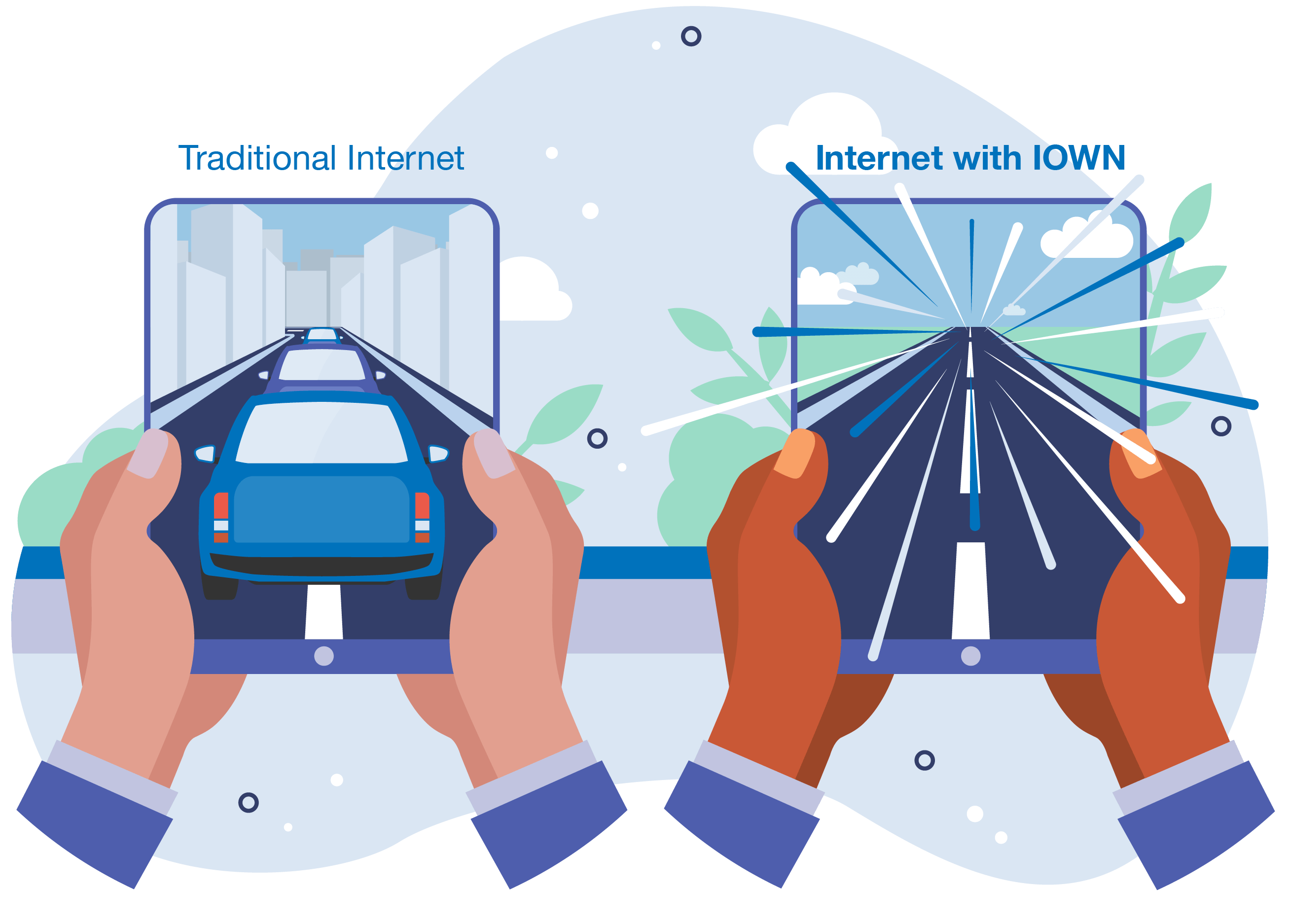The ERP Today editorial team is fond of sourdough bread, wearing flowers in its hair, walks on ‘seafront’ promenades and major-scale technology companies working with emerging tech innovations such as photonics and light-based optical computing.
As luck would have it, we found all those elements at Upgrade 2024, a conference staged by NTT Corporation (NTT) and NTT DATA where the group announced the successful demonstration of All-Photonics Network (APN)-driven hyper low-latency connections between datacenters in the United States and United Kingdom.
IOWN All-photonics network (APN) demonstration achieves very low communication delay for connected datacenters, with applicability for AI analysis and financial services.
Millisecond magnificence
In the U.K., NTT connected datacenters north and east of London via NTT’s Innovative Optical Wireless Network (IOWN) APN and communication between them was realized with a round-trip delay of less than 1 millisecond. In the U.S., datacenters in Northern Virginia achieved similar results.
The goal of this initiative is to transform geographically distributed IT infrastructure into the functional equivalent of a single data center.
NTT reminds us that the datacenter market is under severe local constraints. Carbon dioxide emission restrictions and land shortages have made it difficult to build datacenters in urban areas, forcing operators to turn to the suburbs. Yet with geographically distant data centers, delay of communication, or latency, can be very high, making it difficult to meet customers’ needs for low latency.
In separate demonstrations, NTT and NTT DATA connected datacenters in the U.K. (HH2 in Hemel Hempstead and LON1 in Dagenham) and in the USA (VA1 and VA3 in Ashburn) using APN equipment from NEC. These datacenters are 89km and 4km apart, respectively.
No ‘jitter’ bugs
Measurements in tests conducted over 100 Gbps and 400 Gbps links showed the two APN-connected datacenters in the U.K. operated with less than 1 millisecond (approximately 0.9 milliseconds) of latency and with a delay variation (sometimes called jitter) of less than 0.1 microseconds.
According to cloud connectivity provider Megaport, typical delay between datacenters at an equivalent distance exceeds 2,000 microseconds (2 milliseconds). In the USA case, delay over the much shorter span was approximately 0.06 milliseconds; and delay variation was less than 0.05 microseconds. By contrast, conventional networks with general Layer 2 switches experience delay variation of several microseconds to tens of microseconds. In other words, the APN cuts latency in half,and jitter by orders of magnitude.
The APN delivered very low latency required by current and emerging use cases.
These include distributed, real-time AI analysis, such as industrial IoT and predictive maintenance, smart surveillance systems, smart grid and energy management, natural disaster detection and response and more.
Financial fortitude
NTT DATA is also conducting demonstrations in the financial sector, where low latency is required for remittances, settlements and transactions. Another advantage of the IOWN APN is that it enables line activation simply by adding wavelengths, without needing to install new dark fiber.
As a result, datacenter operators can respond very quickly to customer demand.





